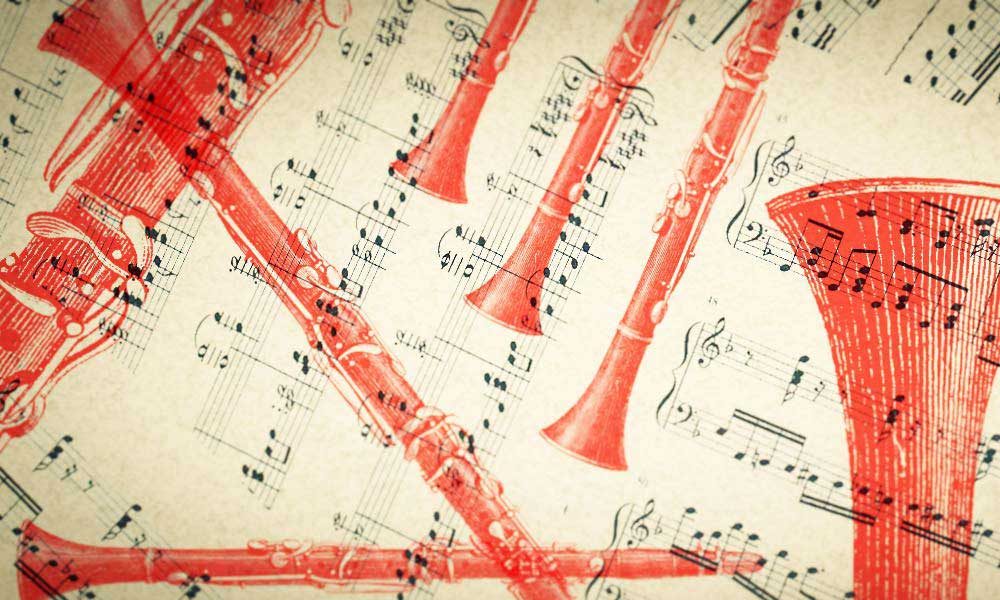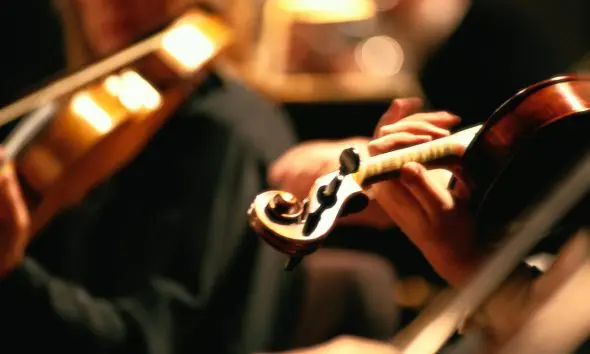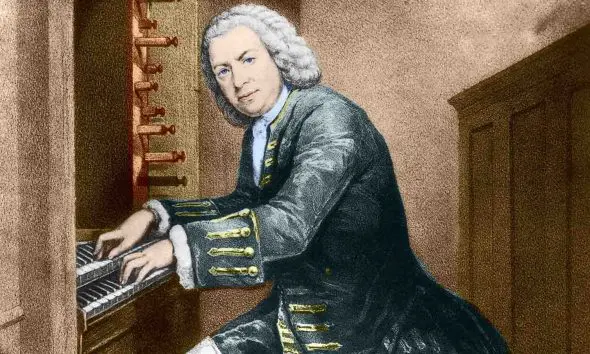reDiscover Mozart’s ‘Clarinet Concerto’
Discover the story behind Mozart’s ‘Clarinet Concerto in A Major’ which is widely regarded as the greatest clarinet concerto.

Mozart’s Clarinet Concerto In A Major, K 622, is widely regarded as the greatest clarinet concerto and is considered to be among the finest written for any solo instrument. Mozart composed his Clarinet Concerto for the clarinettist Anton Stadler, who was the most gifted clarinettist in Vienna, and he performed the work at the premiere on October 16, 1791. It was the first clarinet concerto to be written by a major composer – except it wasn’t strictly composed for the clarinet at all. Mozart originally composed the concerto for the basset clarinet. Scroll down to discover the story behind Mozart’s Clarinet Concerto, which remains the jewel in any clarinettist’s crown today.
Listen to our recommended recording of Mozart’s Clarinet Concerto, performed by Jack Brymer and the London Symphony Orchestra conducted by Sir Colin Davis, on Apple Music and Spotify.
The basics
Mozart’s Clarinet Concerto, widely regarded as the greatest clarinet concerto and his last instrumental work, was completed in October 1791, less than two months before the composer’s death at the age of just 35.
Mozart composed his Clarinet Concerto for Anton Stadler, who performed the work at the premiere in Prague on October 16, 1791. Stadler, who played the clarinet and basset horn, had been a close friend of Mozart’s since the early 1780s: the composer had a variety of nicknames for him: Stodla, Miracle Of Bohemia, and Nàtschibinitschibi (try pronouncing that after a few Glühweins).
Mozart wrote to Stadler, “Never would I have thought that a clarinet could be capable of imitating the human voice as deceptively as it is imitated by you. Truly your instrument has so soft and lovely a tone that nobody with a heart could resist it.”
In the late 1800s, the clarinet was still a relatively young orchestral instrument. In 1778 Mozart had written to his father from Mannheim lamenting, “Oh, if only we too had clarinets!” Unlike the flute, which he claimed to detest, Mozart fell in love with the clarinet. All his great works for the instrument – the Clarinet Concerto, the Clarinet Quintet, the Kegelstatt (Skittle Alley) Trio, and the obbligato parts in two arias from La Clemenza Di Tito – were composed for Stadler. The Clarinet Concerto remains the jewel in any clarinettist’s crown today.
The original manuscript of Mozart’s Clarinet Concerto was lost. Stadler claimed he left it in a portmanteau which was stolen while he was in Germany. However, a letter from Mozart’s widow to the publisher Johann André suggested that Stadler had pawned it.
Why the name?
Because it’s Mozart’s only concerto for clarinet… except it wasn’t strictly written for the clarinet at all. Mozart originally composed it for the basset clarinet.
Both the clarinet and basset horn (a low-pitched member of the clarinet family) descended from a single-reed instrument called the chalumeau. Theodor Lotz, a leading clarinet manufacturer in Vienna, made a special clarinet for Stadler whose range extended down to a written C (sounding A), which was later termed the basset clarinet. It was longer than the standard A or B flat clarinet, with a chocolatey lower range. Stadler claimed the invention of the basset clarinet for himself – as you may have gathered, he wasn’t the most reliable individual.
We now know that Mozart’s Clarinet Concerto was written for a basset clarinet in A (whose notes sound a minor third lower than written). The score of his concerto wasn’t published until 1803, when it was rescored for the A clarinet.
Where have I heard it before?
Some of Mozart’s Clarinet Concerto was featured in the score to the 2010 film The King’s Speech, although bizarrely, only the orchestral sections. And the ‘Adagio’ second movement featured prominently in Out Of Africa (performed by Jack Brymer).
Can I play it?
A lot of Mozart looks easy enough on paper, but is fiendishly difficult to play well. The serene ‘Adagio’ is the easiest movement for amateur players to tackle (an ABRSM Grade 6 repertoire piece). It is almost operatic in its treatment of the clarinet and is very beautiful, with some neatly ornamented turns. There’s also a brief opportunity for a cadenza.
The finale is a joyous, carefree ‘Rondo’ …carefree unless you have to play it, that is. Busy passages that need to sound light-hearted are never simple.
Recommended Recording
For playing with old-school charm, Jack Brymer’s recording with the London Symphony Orchestra (in which he was principal clarinet) is hard to beat. The Times described Jack Brymer as, “the leading clarinettist of his generation, perhaps of the century.”




